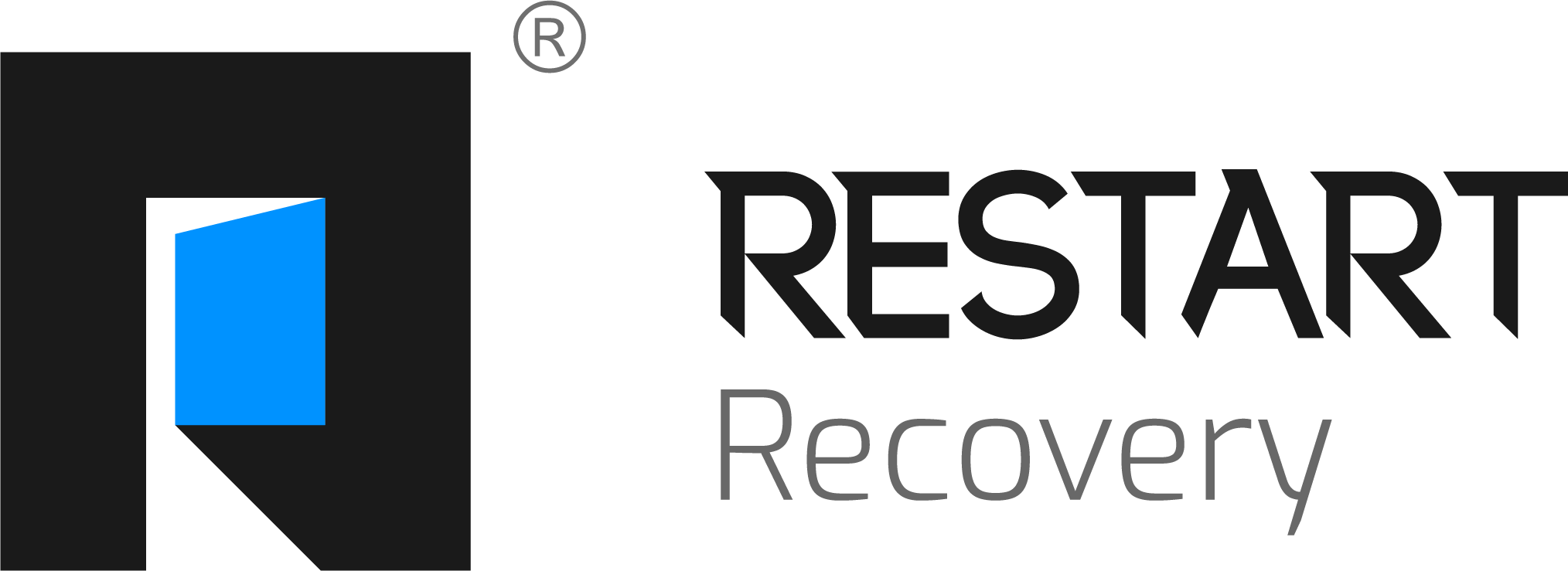What Is Harm Reduction for People Who Use Drugs?
- Yasmin Maghsoudloo
- Jul 2
- 2 min read
Updated: Jul 29

When it comes to drug use, many people are only familiar with two approaches: abstinence or punishment. But for decades, public health experts, advocates, and people who use drugs have embraced a different philosophy—one rooted in compassion, dignity, and evidence.
This approach is called harm reduction.
Here’s what harm reduction is, why it matters, and how it saves lives.
What Is Harm Reduction?
Harm reduction refers to policies, programs, and practices designed to minimize the negative health, social, and legal impacts associated with drug use, without necessarily requiring people to stop using drugs altogether.
It starts from a simple premise:
Drug use exists.
People deserve respect, care, and support, whether or not they use drugs.
Rather than judging or criminalizing people, harm reduction meets them where they are.
Examples of Harm Reduction Strategies
Harm reduction can take many forms, including:
Syringe Service Programs (SSPs):
Provide sterile syringes and safe disposal to prevent the spread of HIV and hepatitis C.
Naloxone Distribution:
Training and distributing naloxone (Narcan) to reverse opioid overdoses and save lives.
Supervised Consumption Sites:
Safe, hygienic spaces where people can use pre-obtained drugs under medical supervision, reducing fatal overdoses and connecting people to care.
Fentanyl Test Strips:
Allow people to test substances for contamination with fentanyl, which can be deadly in tiny amounts.
Education on Safer Use:
Information about safer injecting, overdose prevention, and how to reduce risk.
Low-Barrier Treatment Access:
Offering medication-assisted treatment (MAT), like buprenorphine or methadone, without unnecessary hurdles.
Why Harm Reduction Matters
Some people mistakenly believe harm reduction “enables” drug use. In reality, research consistently shows harm reduction:
Reduces overdose deaths
Prevents HIV and hepatitis C transmission
Connects people to treatment and healthcare
Increases safety for individuals and communities
Respects human rights and dignity
Harm reduction does not mean “giving up” on recovery. It means keeping people alive and as healthy as possible so they have the chance to pursue treatment if and when they choose.
Harm Reduction vs. Abstinence
Abstinence (not using any substances) is a goal for many people and an important option.
Harm reduction recognizes that not everyone is ready or able to stop using drugs immediately. Instead of an “all or nothing” approach, harm reduction offers steps to reduce risk now, while still supporting each person’s goals.
For some, harm reduction is the first step toward recovery. For others, it’s an ongoing way to stay safer.
How to Support Harm Reduction
If you want to help make harm reduction more available:
Educate yourself and others.
Advocate for policies that expand access to naloxone and syringe services.
Donate to harm reduction organizations.
Treat people who use drugs with compassion and respect.
Final Thoughts
Harm reduction is about saving lives, reducing suffering, and empowering people, no matter where they are in their journey. It’s a public health approach backed by decades of evidence and the lived experience of countless people.
If you or someone you love uses drugs, know that you deserve support, safety, and care. Help is available, and you are not alone.





Comments